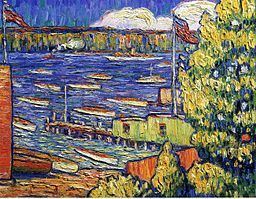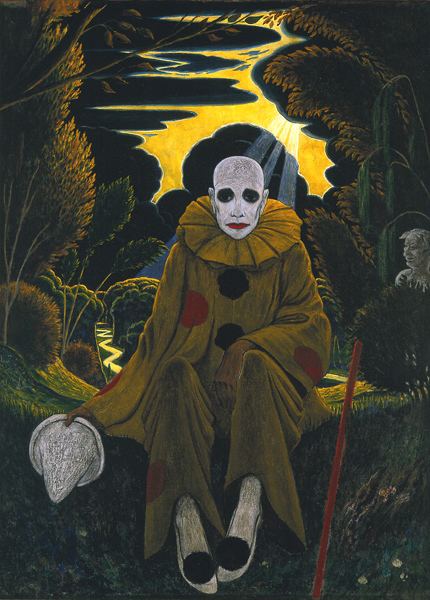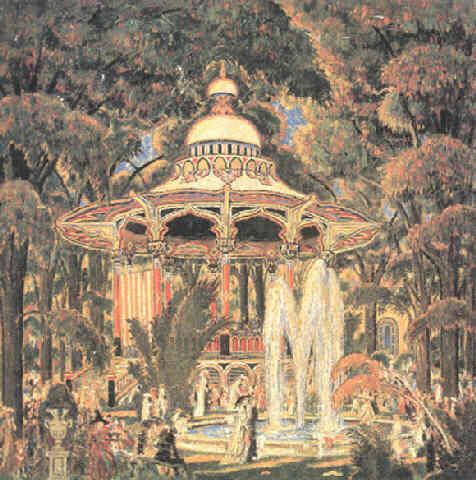Name Edward Manigault | ||
 | ||
Artwork The Rocket, Procession, Across the Park, Flowers in a Handled Vase, Gazebo on Central Park | ||
Edward middleton manigault1
Edward Middleton Manigault (June 14, 1887 – August 31, 1922) was an American Modernist painter.
Contents

Edward middleton manigault
Biography

Manigault was born in London, Ontario, on June 14, 1887. His parents were Americans originally from South Carolina. Encouraged in art from an early age, he was commissioned at the age of 18 by the city of London to make renderings of public buildings for reproduction as postcards.

Manigault moved to New York City in 1905 and enrolled in classes at the New York School of Art where he studied under Robert Henri and Kenneth Hayes Miller. By 1909 he had moved away from Realism and had begun producing paintings in a Post-Impressionism style. In that year he first exhibited his work in New York, and in 1910 he participated in the Exhibition of Independent Artists, organized by Henri. In the spring of 1912, he traveled through England and France. In 1914, he staged a critically acclaimed one-man show at the Charles Daniel Gallery. His art was purchased by such notable collectors as J. Paul Getty and Arthur Jerome Eddy. Manigault volunteered to serve as an ambulance driver with the British Expeditionary Force in 1915, during World War I. He married Gertrude Buffington Phillips two days before he shipped out. Manigault served as an ambulance driver in Flanders from April to November 1915. He received a medical discharge after being exposed to mustard gas; he suffered a nervous breakdown and his health would continue to decline for the remainder of his life.
Style

Manigault worked in a wide range of styles following the war, experimenting in abstract and Cubist styles. He found these styles unsatisfying and destroyed most of his paintings. He was inspired by the example of American modernists, including William and Marguerite Zorach. In 1919 he and his wife resettled in the Echo Park district of Los Angeles, California. Manigault subsequently became inspired by the Arts and Crafts Movement, and began to produce decorative works, including ceramics and furniture. He was also commissioned by Oneida Limited to design flatware.

Manigault practiced fasting in an attempt "to approach the spiritual plane and see colors not perceptible to the physical eye", which exacerbated his poor health. His wife normally monitored his habits, and after he traveled alone to San Francisco to work on a job, he collapsed and was hospitalized. He died on August 31, 1922, of starvation and neurasthenia.
Paintings
Manigault is believed to have destroyed as many as two hundred of his paintings; consequently, few paintings by Manigault survive. His work notebooks cover the years from 1906 to 1919. Interest was renewed in his work in 1946, and his paintings were included in the exhibition "Pioneers of Modern Art in America 1903-1918" at the Whitney Museum of American Art. His work is in the permanent collections of the Columbus Museum of Art in Columbus, Ohio, and the Gibbes Museum of Art in Charleston, South Carolina.
